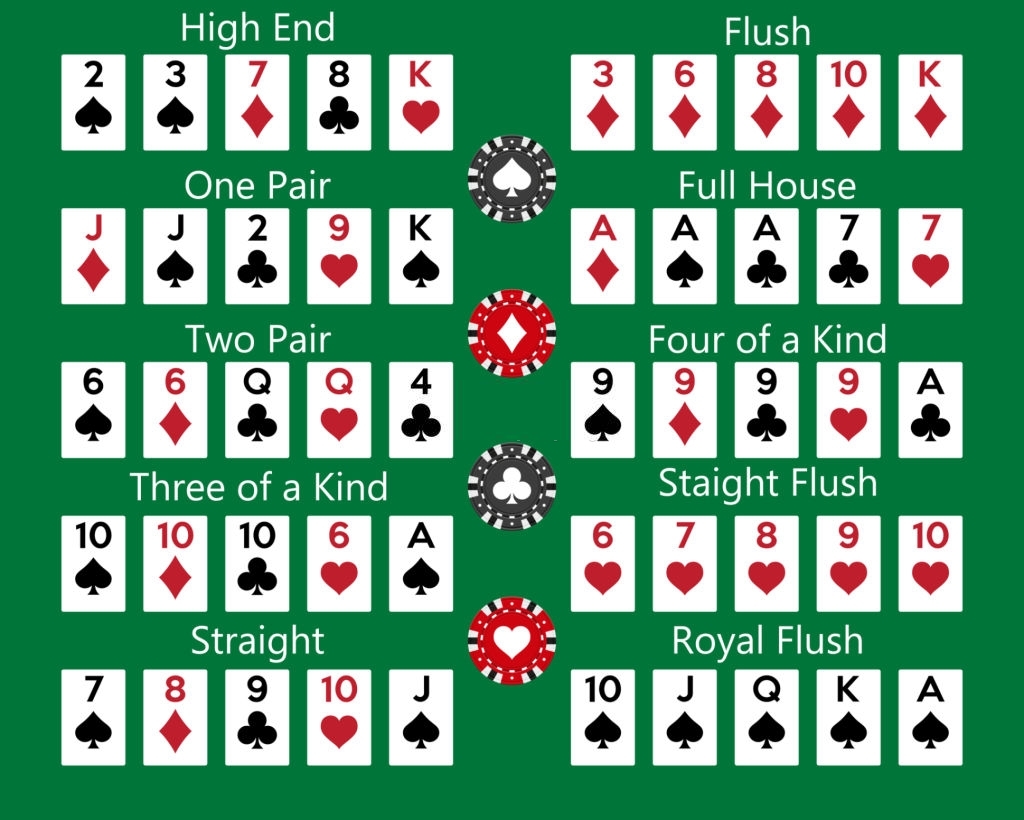Poker is probably the best-known and most popular game in America today. In fact, when you walk into a casino today, whether online or at a live poker game, you’ll likely see at least one person playing a variant of poker. However, you may be surprised to learn that poker is not the only card game in America today. In fact, if you look around, you will notice there are hundreds of different games of card play in America today. Each of these games offer its own unique benefits and challenges, as well as some of its own pitfalls.
Poker is the game of choice for many players because it is relatively simple and inexpensive to start and play. Most poker players, by the way, do not have a natural genius for the game; it’s no more than a few auberge-level talents which is easily demonstrated and usually requires little more than determination to win. Still, even in the without the most advanced intellect, many winning players are simply not poker geniuses, especially compared to the most intelligent professional poker players of yesteryear. That being said, however, poker is not without its own pitfalls, some of which can be overcome through a bit of strategy.
When a player enters a poker room, the first thing he must do is determine his chip stack. Usually, a player begins with two “blinds”, or pre-earned chips, which represents his starting bankroll. The two blinds are used as a sort of base or starting point from which the player can make his initial bets. Once the initial bets are made, each subsequent bet is made on the new chip stack, or “edged”, meaning that the new stack is smaller. It is these small bets which often decide the outcome of a game.
The five-card draw is another basic rule which all players learn in their first few lessons at most poker schools. In a five-card draw, the player is allowed to either play a single card, called the flop, or to put five cards on the table, known as the flop. Regardless of which hand the player ends up with after the flop, the player must call raises on all of his cards that weren’t played in the flop, called “burn” hands, or bets for raises which came after the flop.
No player may enter a poker room until all other players have folded, at which time that player becomes the “action” player and may begin the betting process. Action hands refer to any poker hands where the turnover is caused by an opponent drawing. After playing a stud poker game, a player should be able to judge the strength of his hand relative to his opponents. In stud poker, the action hands are the best suited to the best paying draws, and should generally be the only type of hand that a player should play for a drawing.
The third basic rule in poker is that each player is dealt a hand, or at least their cards, at every flop. Once the last player in the pot has folded, the other players are then dealt their new hand and the game is over. After the flop, each player is allowed to either call raises made by their opponents, raise themselves, or fold by dropping their remaining chips. Before the last round of betting, either player is allowed to switch their chips to one of their two discard piles to avoid further interaction with the opposition.





